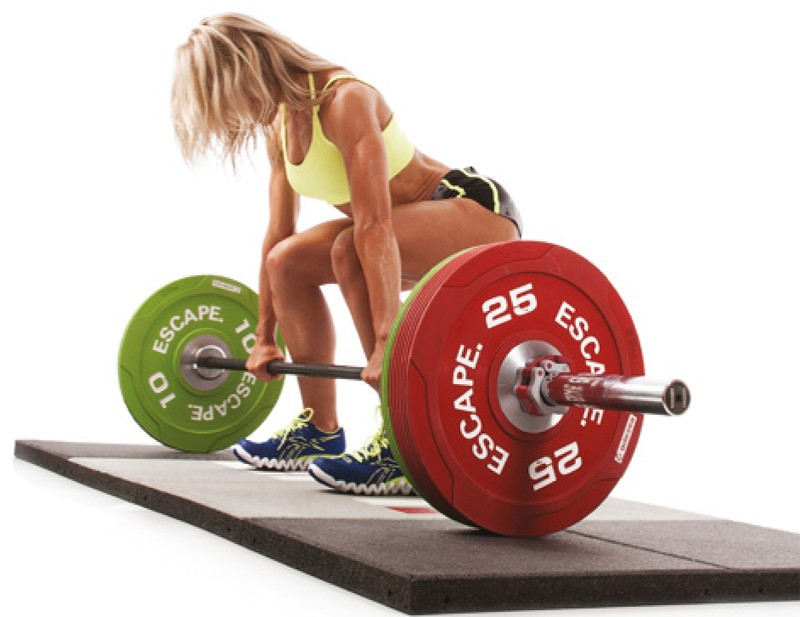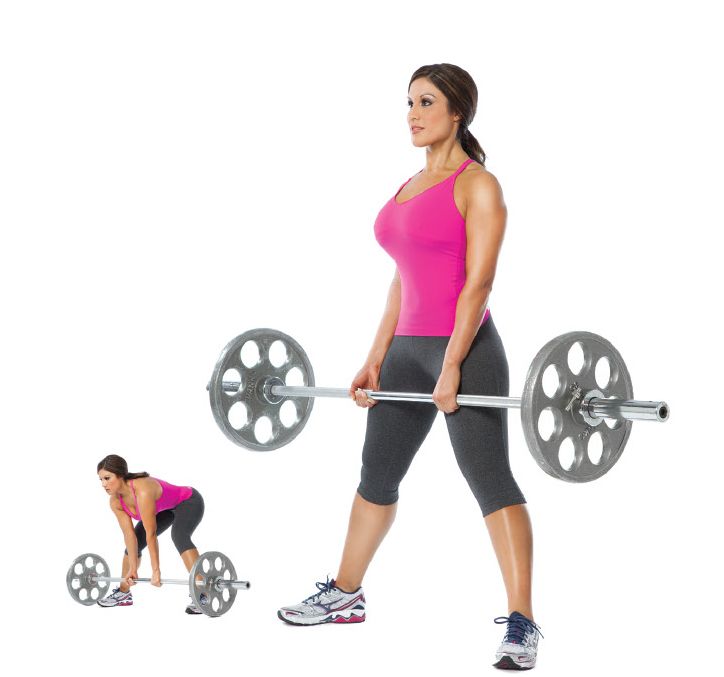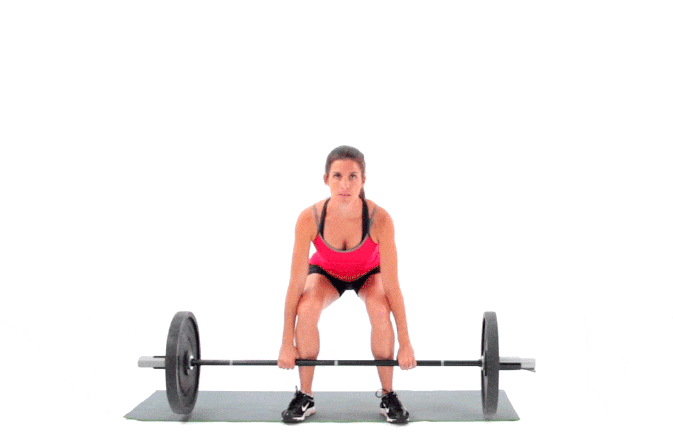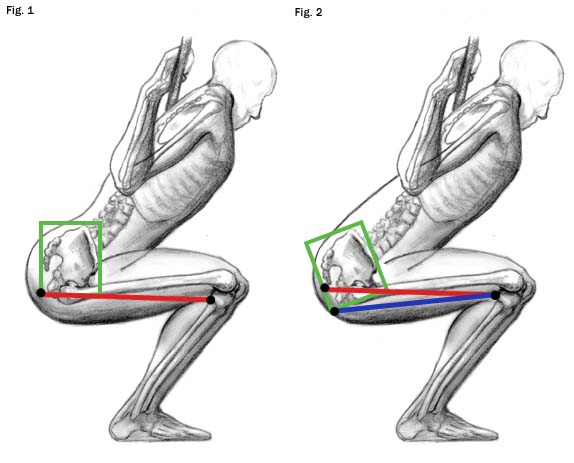The deadlift is one of the main exercises that women shy away from, this is due to the fiction that women will become”bulky”. This is far from the truth!
Deadlifts gives you great glutes? It certainly can, but let’s go further than that.
Whether you’re a woman who trains hard but sees no benefit or reasoning to deadlift, here’s why you need to pick it up and put it down.
- Higher rep and sets of deadlifts can build endurance and burn fat.
- Deadlifts will not thicken the waist.
- Deadlifts lessen some of the negative effects that come with high heels and bad posture.
- The deadlift is a foundation movement that will help with more advanced training.
- Deadlifts tone and work pretty much all muscle groups, therefore will give a full body training.
Deadlift Tips
Start with a light weight. This will help you understand the movement and perfect posture ready for weight and set/rep increase.
Choose a flat sole shoe, or strip down to socks/ bare feet if your gym allows it. The closer to direct contact your foot can have with the ground, the better for stability.
If you can, use bumper plates. This allows you to keep the bar at the proper height off the ground but still keeping a lighter weight
If your gym doesn’t have bumper plates and you’re not ready for heavy weights, put the loaded barbell on step platforms to recreate the correct elevation. The starting height of the bar should be around mid-shin.
Remember keep a flat back and heels on the ground. The deadlift is a vertical pulling exercise, meaning that it’s of importance that the bar travels in a straight line.
This deadlift is done with a conventional stance. If you have concerns about your lower back strength or have previously injured that area, wear a support belt and try a medium sumo stance.
Instead of having your hands outside the shins, the shins go outside the hands with the sumo variation. The sumo is also good for activating the glutes and inner thighs.
The Deadlift
If you’ve never trained the deadlift before, use a reserved approach by working your way up to a 10 rep effort.
Don’t immediately hit 4 or 5 sets of 10 deadlifts with a moderate weight because you will give the body a shock, especially if you’ve got a history of injury or weakness in the lower back.
Using a conventional stance and a fair estimate of your 10 rep max, perform:
- 2 reps for your first set.
- Rest around 2 minutes.
- 3 reps for your second set.
- Rest again.
- 5 reps for your 3rd set.
- Pause for 2 minutes.
- Finish off by doing a 4th set of 10 reps.
On subsequent workouts, substitute out the lowest number of reps and replace it with another set of 10:
- Day 1: 2 reps, 3 reps, 5 reps, 10 reps.
- Day 2: 3 reps, 5 reps, 10 reps, 10 reps.
- Day 3: 5 reps, 10 reps, 10 reps, 10 reps.
- Day 4: 10 reps, 10 reps, 10 reps, 10 reps.
This is a simple way to adapt to the movement. Properly learning an exercise is just as important as incorporating it into your training.
1. Strength And Conditioning
Deadlifts are at the top of the list for general strength and conditioning because they won’t negatively affect your joints, as long as you’re lifting with correct technique.
The posterior muscles you recruit will help stabilise joints and go a long way in rehabilitating any imbalances you might have.
Sets of 8-10 reps do exist. They positively affect your muscles’ conditioning and endurance, along with burning fat. The deadlift hits a lot of muscles. The more muscle, the better the metabolism.
The postural muscles of the back recruited during deadlifts respond particularly well to endurance training.
Deadlifts with more time under tension than a quick double or heavy single can be a stronger benefit. Plus, it’ll improve your grip strength which will benefit other exercises.

2. The Deadlift Does Not Thicken Your Waist
Many common exercises match or exceed squats and deadlifts in rectus, abdominis and oblique activation, including chin-ups, military press, hip thrusts, reverse hypers, push-ups, pullovers, triceps extensions and curls.
Most targeted ab/core exercises exceed squats and deadlifts in abdominal and oblique activation, including planks, side planks, ab wheel rollouts, weighted crunches, straight leg sit-ups, hanging leg raises, lying leg raises and side bends.
So if you do any core work, you’re doing more to “thicken your waist” than you would be by picking up the heavy bar and performing a deadlift.
But this isn’t to say that all direct core work should be avoided. Making a muscle group grow is a product of volume and intensity.
The idea that deadlifts thicken your waist is on par with the idea that cardio will rid all of your gains.
So it’s all about balance in your workout!
3. Deadlifts Correct Your Pelvic Tilt
What may look awesome may also wreak havoc on a woman’s pelvis, like high heels for instance.
Olympic lifters train using lifting shoes, which usually have a heel elevation that can be up to 2 inches high. It keeps their squats more quad-dominant and encourages a more vertical torso in the bottom position to receive the bar during a heavy clean or snatch.
The changed geometry allows the knee to travel further over the toe due to the adjusted pelvic positioning.
The result from heels causes an unhealthy back over arch in the lumbar region of the spine, with the resultant tight hips and dominant quads. The quads and hips get plenty of action daily and accentuating their involvement can make matters worse.
The posterior chain involvement provided by deadlifting can mitigate some of the effects of high heels.
Since the glutes and hamstrings tilt the pelvis posteriorly, deadlifts can balance the forward momentum of the pelvis caused by long-term wearing of high heels.



